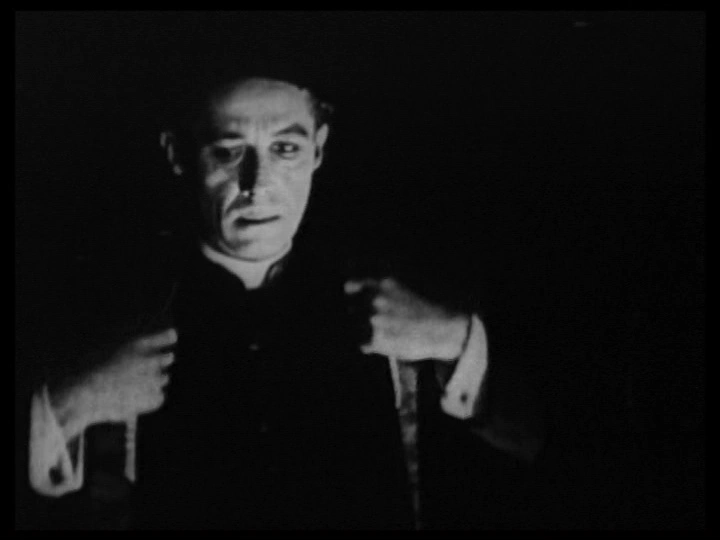Luke 13:1–9 ESV – Bible Gateway
Jesus and his disciples continue on their journey to Jerusalem after leaving Galilee for the last time. This section of today’s Gospel is unique to Luke.
Overall we are given a sense of urgency and that if we do not repent, we will perish. The first two examples Jesus gives would have at some point been topical events. These two events also seem to have a connection to the future. The impending destruction of Jerusalem in AD 70 provides context to this. While we do not have any details of the event that led to the slaughter of the Galileans, it seems to have happened in the Temple and is entirely in keeping with Pilate’s violent putting down of any rebellion. St. Cyril of Alexandria wrote, “or these were followers of the opinions of Judas of Galilee, of whom Luke makes mention in the Acts of the Apostles, (Acts 5:37.).”[1]
There is also a symbolic reference to the temple regarding the tower’s collapse in Siloam. “A tower (see Luke 13:4; 14:28) often represents the Jerusalem temple (see Matt 21:33; Mark 12:1) on account of Isaiah’s song of the vineyard (Isa 5:1–2)”[2]
It seems Jesus is making a couple of points in these two examples regarding the urgency of repentance. The Galileans and those killed in the tower collapse would not have expected this to be the day of their deaths. This comes to all men, to the good and the bad. What befell them was not because they were worse sinners than those around them. We can’t put our repentance on a schedule. Later on, we will give up those comfortable sins when it suits us. We know that growing in holiness involves suffering; what we usually forget is that not advancing in holiness will involve more suffering.
Catechism 1431 Interior repentance is a radical reorientation of our whole life, a return, a conversion to God with all our heart, an end of sin, a turning away from evil, with repugnance toward the evil actions we have committed. At the same time it entails the desire and resolution to change one’s life, with hope in God’s mercy and trust in the help of his grace. This conversion of heart is accompanied by a salutary pain and sadness which the Fathers called animi cruciatus (affliction of spirit) and compunctio cordis (repentance of heart)
The parable of the fig tree also hinges on this. The Catholic Commentary of Sacred Scripture[2] puts this parable rather succinctly:
However, in the context of Jesus’ journey to Jerusalem and in view of the biblical background, the parable first of all refers to Israel. The tree is planted in an orchard—that is, a “vineyard” (NRSV and other versions), a common image for Israel in the Old Testament (see Isa 5:1–7, which also mentions a tower and inhabitants of Jerusalem, as Jesus just did in Luke 13:4). The owner may represent God, but since the gardener addresses him as sir (kyrios), he may also represent Jesus the “Lord” (kyrios, 12:41–42; 13:15). The three years may even refer to the length of Jesus’ public ministry … Identifying Jesus with the one who comes in search of fruit on a fig tree also correlates with the tradition of Jesus actually doing such a thing (Matt 21:19; Mark 11:13), at the time that he cleansed the temple. Luke is undoubtedly familiar with this tradition but instead includes the similar parable to teach the same lesson about the impending judgment on Jerusalem and its temple.
In John 15, Jesus uses a similar image where he talks about “I am the vine and you are the branches, and every branch in me that doesn’t bear fruit will be cut down (or cut off) and thrown into the fire.”[3]
Father Jordan Schmidt, OP, in an article about this passage gives some background on the fig tree and how this parable also applies to us in the life of the Church.
The fig tree had been cultivated by human beings since at least 5000 B.C., making it one of the earliest domesticated plants. The types of figs that came to populate Israel and Judah were particularly beneficial because, in contrast to similar types of figs grown in Egypt and Cyprus, the figs found in the Judean countryside would produce good, edible fruit even without human labor. Nonetheless, Judean farmers adopted the practice of planting their fig trees within an orchard or vineyard, thus providing the trees with a steady water supply and protection against grazing animals. This enabled them to produce as many as six harvests in a single year. These trees thus came to be known for their fecundity, and all inhabitants of the region were dependent on them for their abundant fruit.
…
Like that tree, we have been given two great benefits: First, we are planted in the fertile vineyard of the Church; and, second, we are watered and fertilized through the power of the sacraments. Therefore, Christ, much like the vineyard owner, expects us to produce the fruit of good works in our lives — it is required, not optional.
Theophylact comments:
Theophylact, Archbishop of Ohrid, A.D. 1078. Or the master of the household is God the Father, the dresser is Christ, who will not have the fig tree cut down as barren, as if saying to the Father, Although through the Law and the Prophets they gave no fruit of repentance, I will water them with My sufferings and teaching, and perhaps they will yield us fruits of obedience.[1]
Sources
- The Gospel of Luke, Catholic Commentary on Sacred Scripture, Rev. Pablo T. Gadenz
- Navarre, Saint Luke’s Gospel (2005)
- Peter Kreeft, Food for the Soul: Reflections on the Mass Readings Year C
- Catholic Productions, Commentaries by Brant Pitre
- Photo by Ben White on Unsplash>







